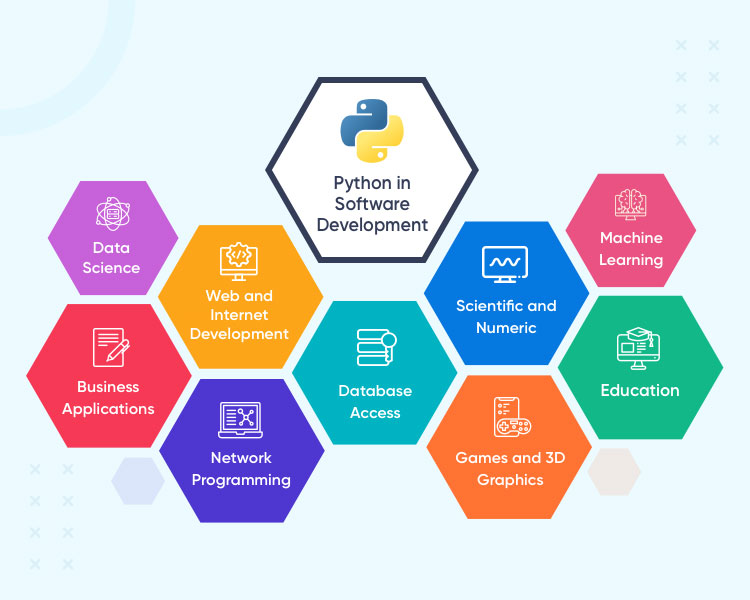Python is a programming language that was conceived in the 1980s by Guido van Rossum, moving from a simple scripting language to a mature and reliable language with extensive library and community support. Python has managed to not only retain consistent use in the past several decades, its use has grown, recently overtaking Java as the top programming language in October 2021.
What makes Python so popular? How has Python stood the test of time? This guide will answer the primary question of ‘What is Python?’ alongside an examination of what Python is used for, the benefits and disadvantages of the Python programming language, popular Python frameworks, as well as examples and use cases.
What is Python?
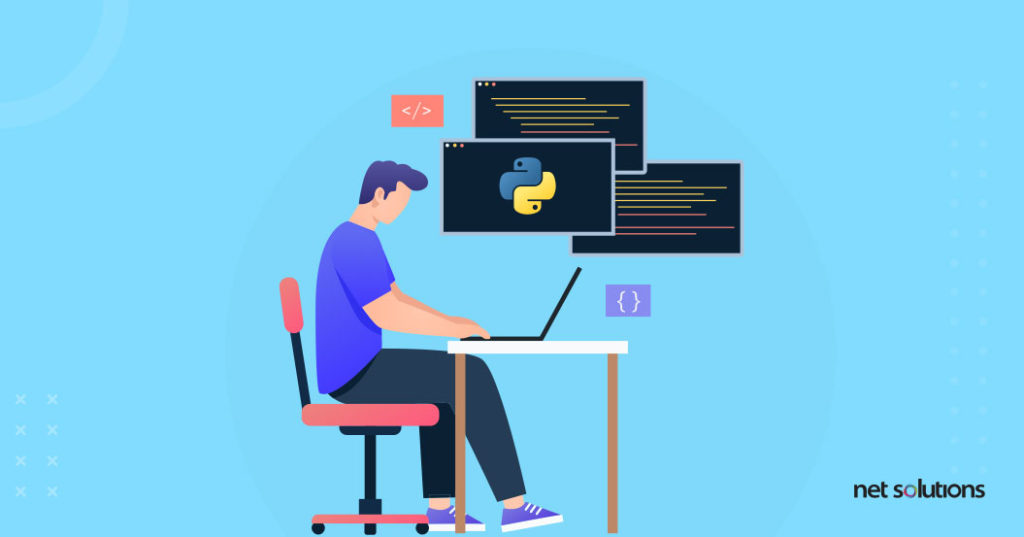
Python is known as an “interpreted, object-oriented, high-level programming language with dynamic semantics.” Let’s break that down:
- Interpreted– Each time the program is run, the interpreter processes the source code on the spot, line by line, halting if there are errors. The contrast to an “interpreted” language is a “compiled” language such as C# which translates the whole code in one go and reports errors collectively.
- Object-Oriented– An object oriented language (OOL) uses the concept of an “object” (data in the form of fields/attributes/properties and code in the form of procedures or methods) to make programming easier to develop, reuse and maintain.
- High-Level-level programming language uses strong abstraction from the computer instructions (e.g. natural language) to make it easier to use.
However, the above is a very technical description for what is ultimately a very simple programming language. Python is a very multi-purpose programming language, often earning the term of a “universal language.”
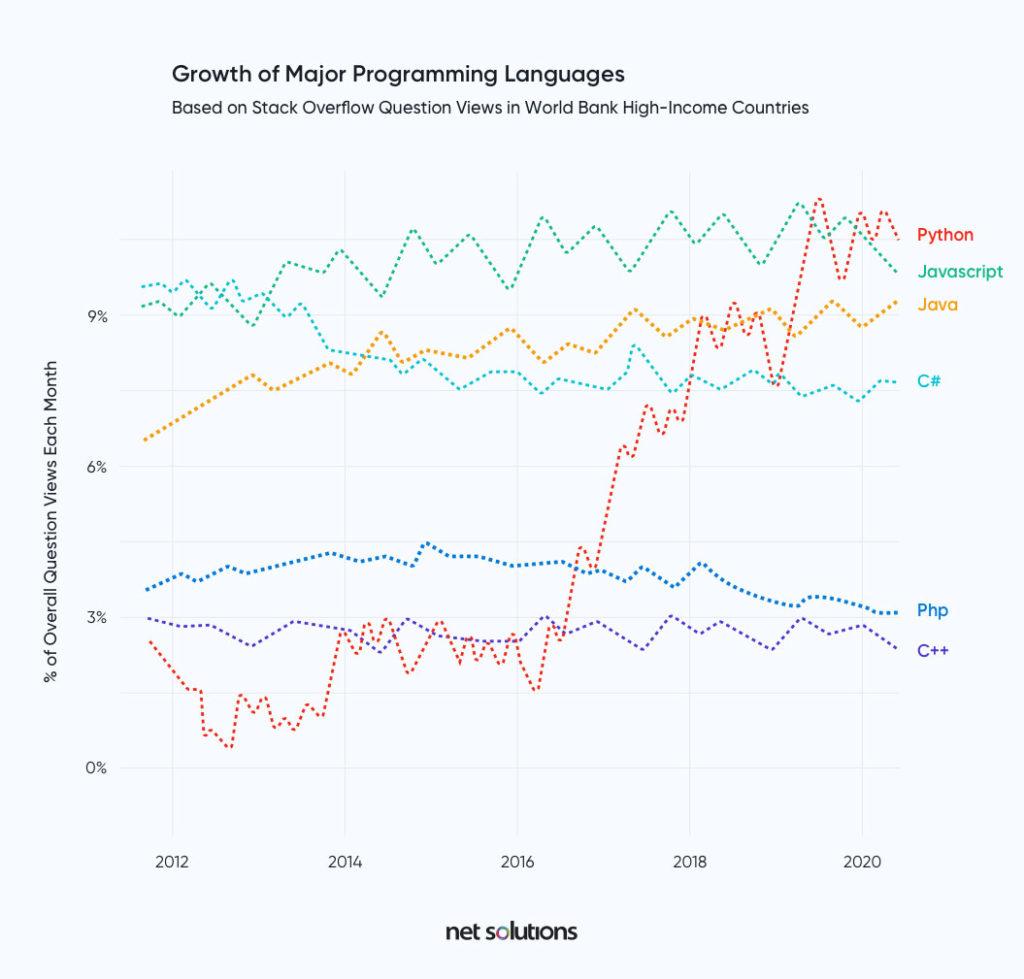
Software development in Python takes advantage of an easy-to-use English syntax, making it one of the more straightforward languages to learn – often favored as a first programming language for kids. Despite this simplicity, Python has the ability to support complex tasks and has far-reaching capabilities, features that have helped sustain consistent use and growth over time.
Python isn’t necessarily the best language in a given area–say, data science–but it’s good at a lot of things. Combine that with a syntax that’s easy to learn, and it’s not hard to understand why the language is growing. – Stephen O’Grady, RedMonk Analyst

We respect your privacy. Your information is safe.
What are the Advantages of Using Python?
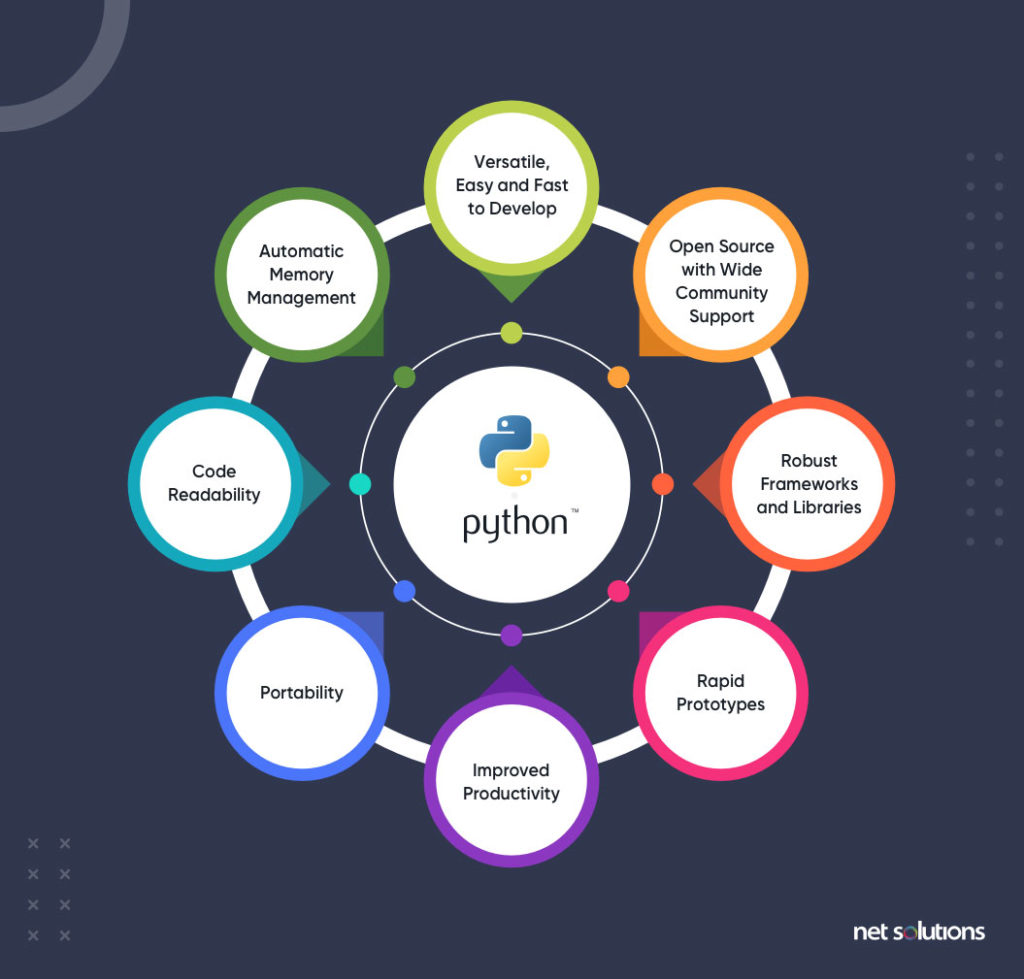
Is Python good for software development? As noted above, Python is considered a multi-purpose language – one that can be tasked to solve many different problems across a variety of different channels and platforms. Some of the benefits of Python software development include:
- Versatile, Easy and Fast to Develop Python is English-syntax based, easy to use and write, with versatile application.
- Open Source with Wide Community Support Extensive tutorials, guides, courses, and development forums create a wide base of support.
- Robust Frameworks and Libraries As a well-established and widely-used language, Python is well supported by robust frameworks and well-maintained libraries to streamline development for a wide variety of software needs, from websites to games to AI and machine learning.
- Rapid Prototypes As a simple, object-oriented language with well-supported libraries, Python allows for rapid prototyping – it simply takes less time to go from idea to prototype.
- Improved Productivity A large community, well-developed support materials, and the presence of many established frameworks and libraries make Python a dynamic scripting language: not one you build from scratch, but one you piece together. Additionally, the simplicity of the Python syntax structure supports rapid development and review.
- Portability Python can be run on nearly any computer / operating system.
- Code Readability The simple syntax makes Python code easy to read and review, streamlining bug fixes
- Automatic Memory Management Python uses automatic memory management methods to free excess memory during and after execution, reclaiming memory when objects are no longer needed.
The Main Disadvantages of Python
- Speed While Python may add speed to development, as an interpreted language, it can have overall speed limitations.
- Problems with Threading A thread is a flow of execution with a beginning and an end, but Python doesn’t support multi-threading – it does, however, support multiprocessing programs instead.
- Not Native to Mobile Environment Python is not a native programming language for iOS or Android, making mobile app development more problematic, and is often not as strong when it comes to UI development.
- Memory Consumption Python can place a heavy drain on memory, with developers needing to spend more time looking for memory leaks such as objects that are not properly released or leaks in various libraries in use. Python may not be ideally suited for tasks that involve a lot of memory or for tasks that use a large number of active objects.
- Database Access Python’s database access layer is not as well developed as other tools, particularly for legacy data.
11 Popular Python Frameworks and Tools
Python developers can use ready-made components in a framework to save time and money and accelerate time-to-market. Python has a wide scope of frameworks, libraries and tools available for developers.
There are two types of Python frameworks – full-stack frameworks and non-full stack frameworks. The full-stack Python frameworks give full support to developers from the user interface to the back-end data storage. In contrast, a non-full stack framework is a lightweight (under 5k) framework that does just one thing (but does it really well).
Here are 11 of the most popular Python frameworks and Python libraries, organized by their strengths:
Mathematics Libraries
There are several very popular math libraries for Python that supply more advanced math functions than the standard built-in Python Math Library.
- 1. NumPy NumPy provides math functions for arrays and matrices as well as functions that operate on arrays.
- 2. SciPy SciPy is a free, open-source library of modules for optimization, linear algebra, integration, interpolation, and various other functions of math, science and engineering.
Graphing Libraries
Data visualization libraries assist in development of various kinds of interactive, visually-appealing graphs.
- 3. MATLAB MATLAB is another scripting language, but its computational engine can be accessed for use in Python. MATLAB provides numeric computing as well as options to visualize data.
- 4. Seaborn A wrapper over matplotlib, Seaborn specializes in being simple and offering powerful visualizations.
- 5. Plotly Known for creating interactive plots and sophisticated charts, can be accessed from Python or on its own independent online platform.
Datatables Libraries
Datatables support manipulation of tabular datasets, an important element to speed up computing or build parallel computing systems.
- 6. Pandas Pandas is a fast, lightweight tool for data analysis and modeling.
- 7. Dask A comprehensive library that works in parallel with NumPy and Pandas, known for advanced parallelism for analytics.
Machine Learning Libraries
Data science is an evolving field, moving far beyond basic datatables into advanced artificial intelligence (AI) and machine learning (ML). There are an extensive number of ML libraries for Python due to the simplicity of the language, the top three being:
- 8. PyTorch PyTorch is based on Torch, a Facebook ML library for C wrapped in Lua, but now used by many big brands including Twitter. PyTorch supports computations, modeling, graphing, and ML concepts such as deep learning, NLP, Computer Vision and many more.
- 9. TensorFlow Developed by Google, TensorFlow is now an open-source library for computations and graphs and serves as a framework to develop neural networks and deep learning.
Websites, Web Apps and APIs
There are many popular Python web frameworks, but the two most popular are:
- 10. Flask Accessible under the BSD license, Flask is more of a “micro-framework” (not full stack), providing flexibility to developers to choose the tools, databases, and extensions to support a variety of functionalities.
- 11. Django Free, open-source full-stack framework to develop complex code and apps quickly. Django is considered one of the top Python frameworks
What is Python Used For
Python is known for its wide reaching capabilities: well-suited for many kinds of software development with the capacity to scale as business needs evolve. Python is used for:
- General Purpose Web Applications & Software Development Python’s most common application is for websites and software development, with the ability to handle a variety of tasks and to implement more advanced user experiences.
- Audio/Video Applications Python offers stable performance to audio/video applications due to the efficiencies of powerful libraries and documentation.
- CLI and GUI Development Python is commonly used for desktop applications, with various libraries to assist in developing the GUI and frameworks for developing command-line applications and interfaces (CLI).
- Game Development While not the top language for game development, Python can be used to create simple games.
- System Administration Applications Python can be used to help simplify system administration with the help of tools such as Fabric.
- AI and Machine Learning Data science and machine learning are a rapidly growing field, aided by a rapidly evolving landscape of frameworks and tools in Python to mine data, create visualizations, build machine learning algorithms, and other data insights.
- Scientific Computing Python has many scientific computing libraries for working with data and visualizing results as part of studies and publications.
- Data Analysis and Visualization With the capacity to scale efficiently, Python is ideally suited for processing big data and transforming data into interactive, visually appealing graphs / visualizations.
- Web Scraping Python libraries are powerful at assisting in data harvesting.
- Embedded Systems and Robots Python can be used to create Embedded C software for embedded applications, the most famous example being the Raspberry Pi.
Python Applications Examples
If you look under the hood of some of the top brands, you’ll find they’re often powered by Python (at least in part!):
YouTube
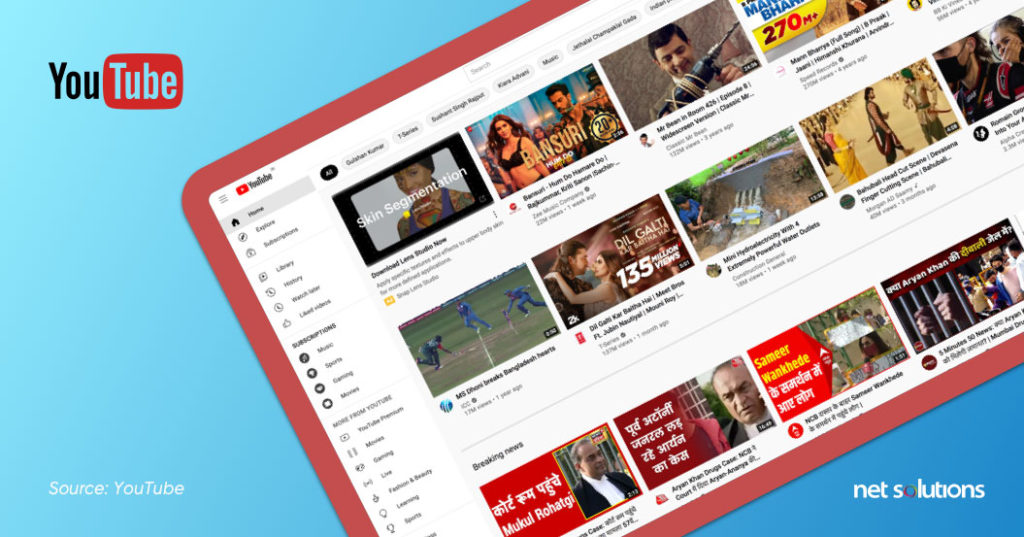
YouTube uses Python for many aspects of its platform including website templates, video controls, and more, favored for its ability to quickly implement new ideas.
Netflix
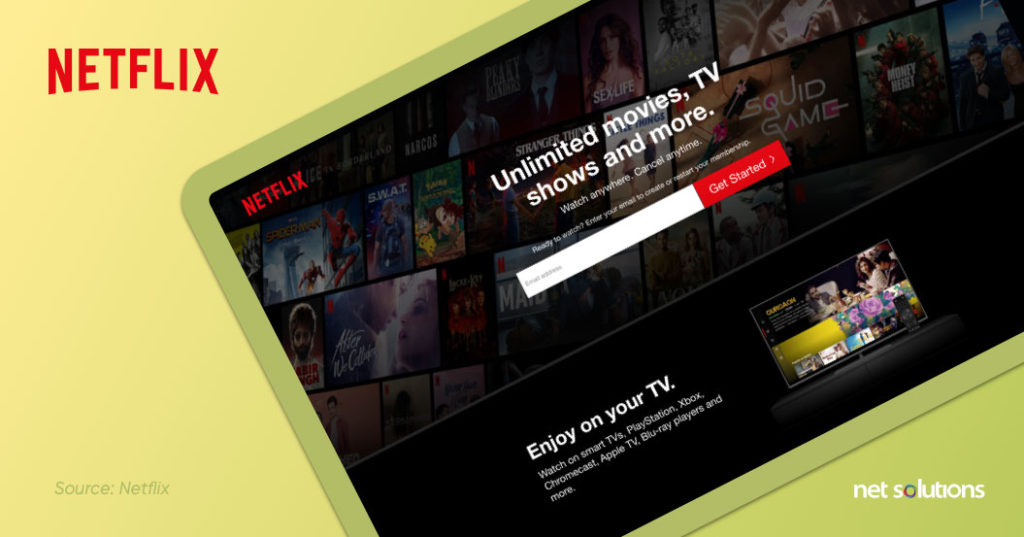
Netflix uses Python for the “full content lifecycle,” including recommendations, content distribution, and security automation.
Spotify
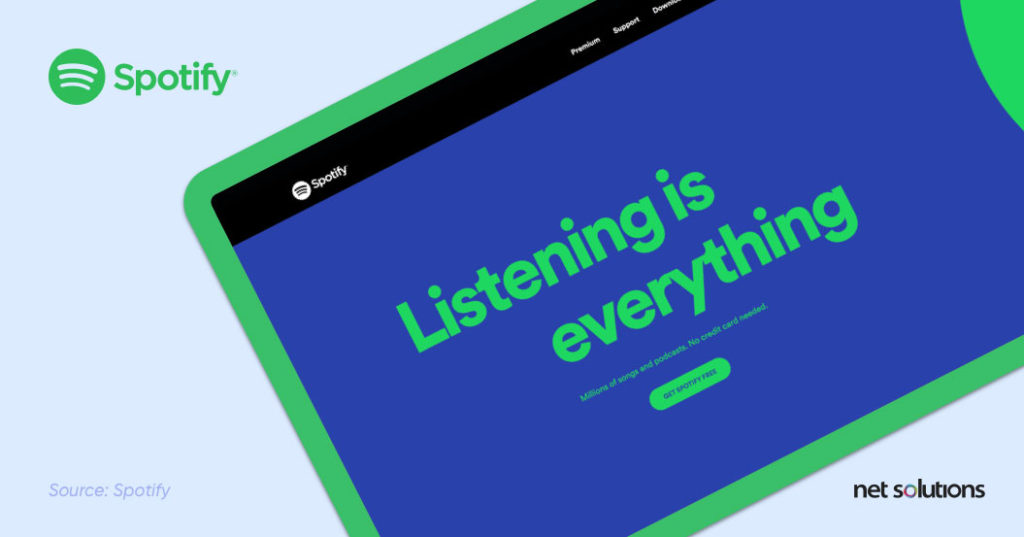
At Spotify, Python is used for backend services and data analysis, favored due to the speed of development and with the benefits of machine learning.
Dropbox
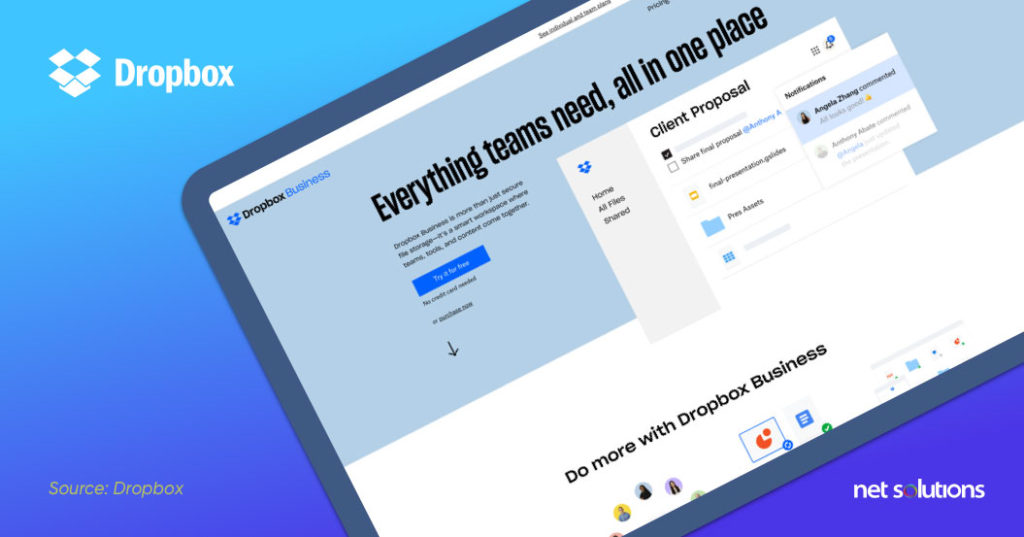
Dropbox uses Python for its desktop client – and indeed were successful in luring the Python developer into the Dropbox fold.
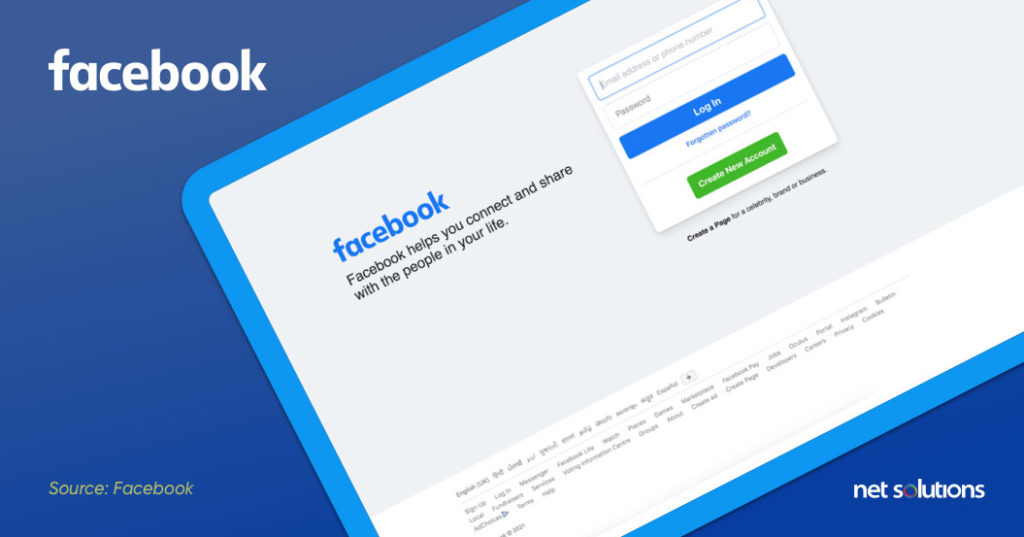
Although Facebook primarily uses C++, PHP and their proprietary language Hack, they also use Python as part of their back-end.

Instagram chose Python due to its simplicity, relying on the (largest) use of the Django web framework in existence.
Amazon
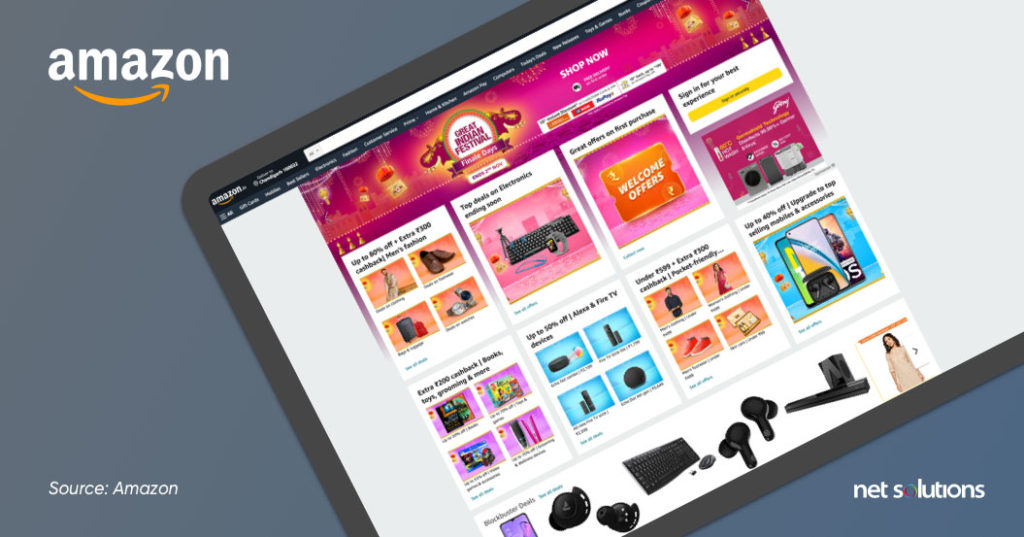
Amazon leverages Python for its simplicity and the availability of libraries, powering the accurate recommendations (thanks to machine learning!) that Amazon is known for.

The Pinterest engineers rely on Python (with Django, modified) for the application layer.
Quora
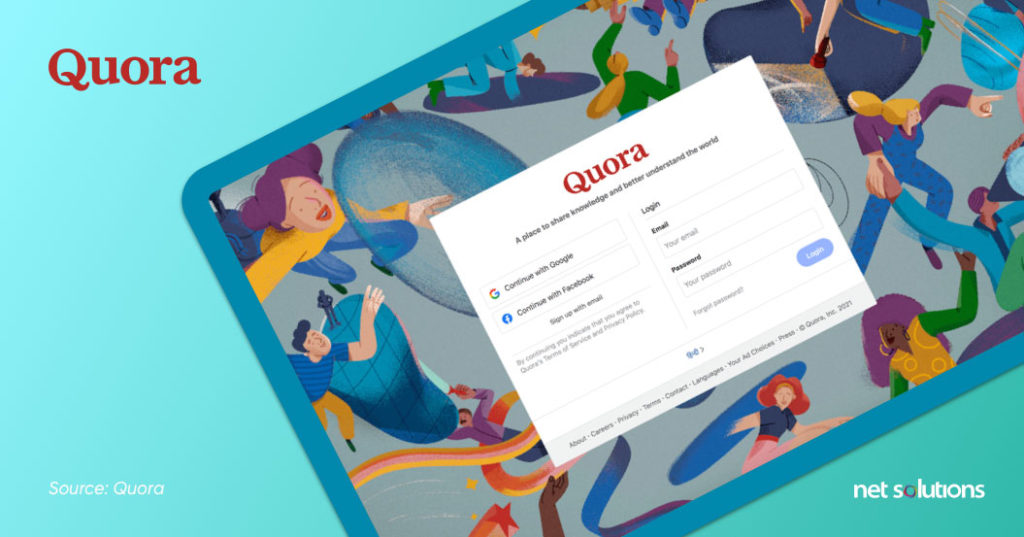
Quora chose Python to ensure the programming would be future-proof.
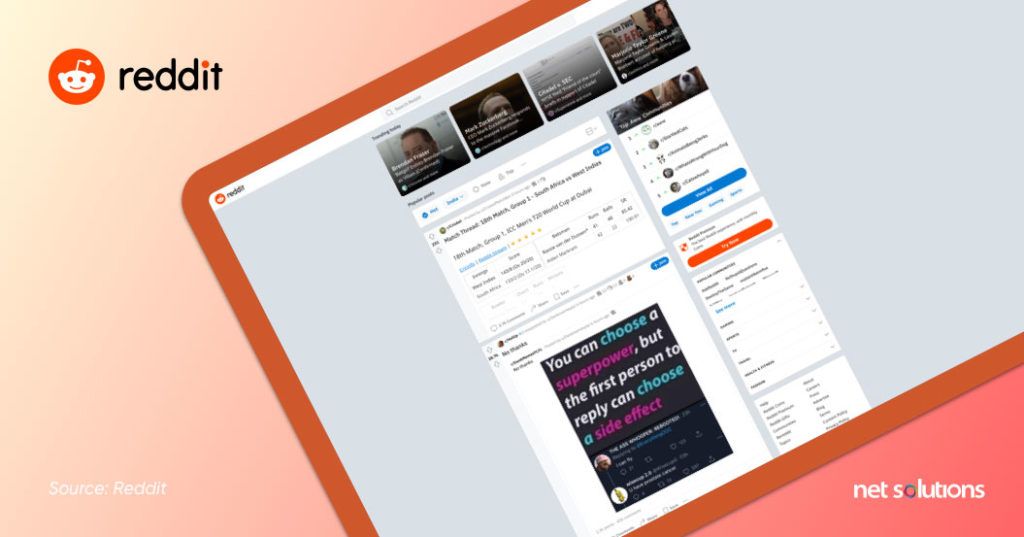
At Reddit, the team relies heavily on Python and the Baseplate toolkit / framework.
FAQs
Yes, Python is one of the most widely used and adaptable technologies available for software development, thanks in part to strong libraries and frameworks.
Yes, you can make apps with Python. While Python is not a native language for iOS or Android, there is a growing body of frameworks supporting mobile application development. Python is becoming a leader in mobile app developments because it is well known and so easy to use.
Python is one of the most widely used languages for software development, though the reason to choose Python always depends on the project. Consider all aspects that go into making a programming language choice for software development including:
- Time to market / speed
- Execution speed
- Developer skills or availability
- Active community
- Available libraries / frameworks
- Product type
- Needs
- Level of interactivity / graphic design
Python is ideally suited for software that involves math, data visualizations, automation or machine learning, fast prototyping, and has to be adaptable to changing needs over time.
Conclusion
From academia to machine learning, Software-as-a-Service and high-performance web portals, Python is capable of powering it all. At Net Solutions, our enterprise-level Python development solutions are tailor-made for your business.
If you think Python can help your brand, contact us today for a free consultation:

